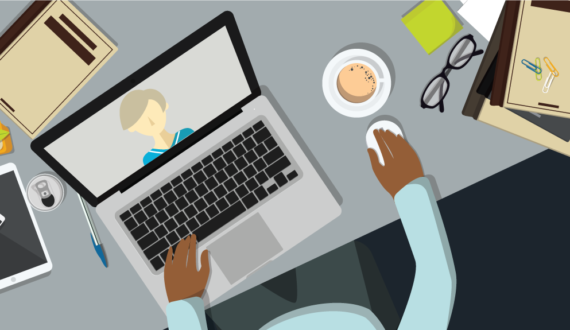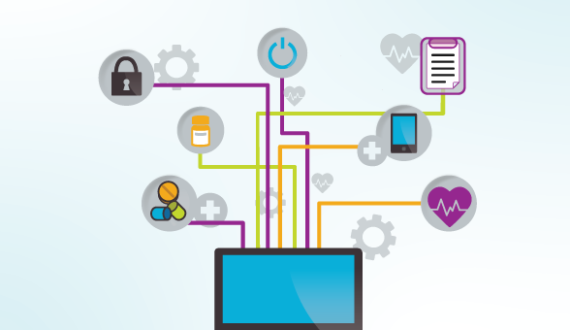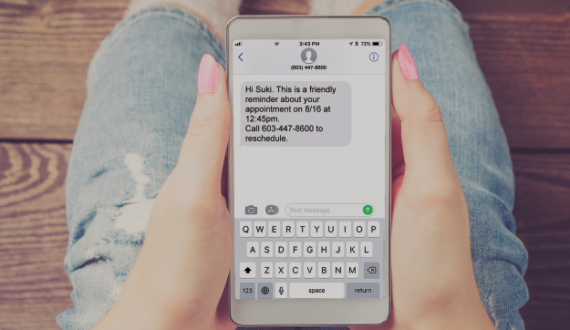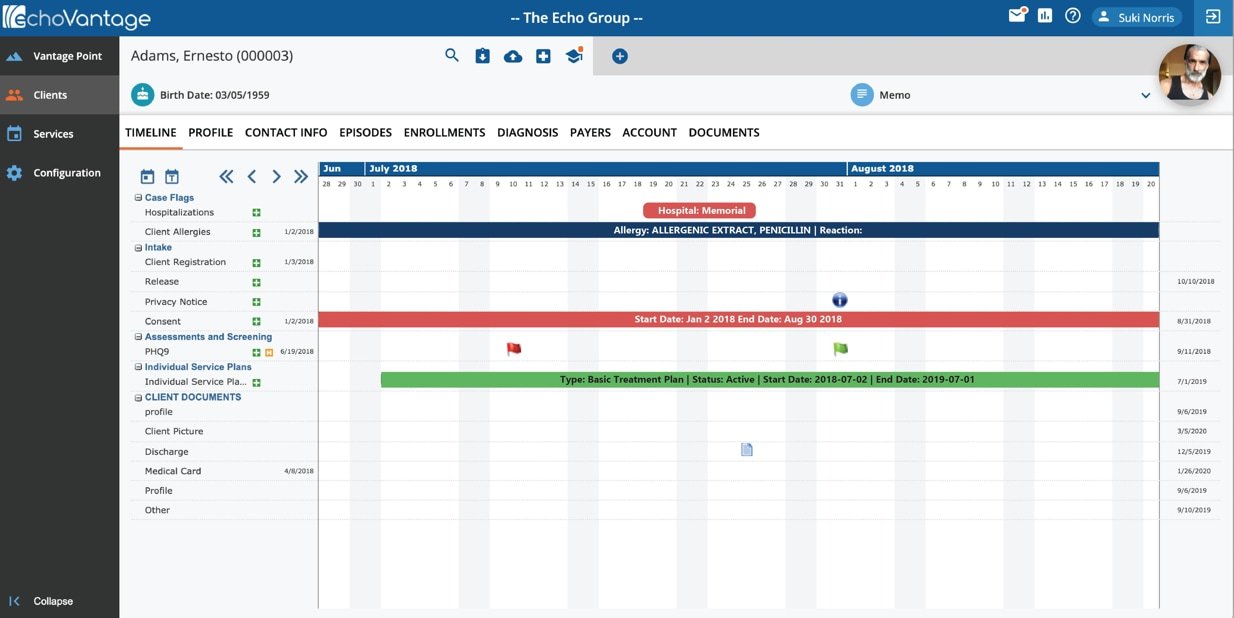Interview with Chris McKnight, UI/UX Designer
So, you said you came from somewhere. Where did you come from?
I was born and raised in New Hampshire and then went to college in Savannah. I was there for several years until I moved to Baltimore. I didn’t know anything about the city; I had never been there before going apartment shopping. I moved with a friend interested in a graduate degree in painting; while that did not work out, we decided, hey, we’ve got to get out of Savannah, Baltimore seems cool. It took us a couple of years to find our way, but it is an amazing gem of an art scene and is very inclusive. It’s the kind of place where you show up, and once you meet people and they find out that you make art, they’re like, “Oh? Well, so do I. So come on, let’s go do something.”
What made you come back home to New Hampshire?
Oh, 15 years of cities. When I left New Hampshire, I thought college would be a quick hit, and I would be right back to New Hampshire. I loved this place growing up, and I loved my experience of it. As I broadened my horizons, I spent more and more time away, pursuing other interests and enjoying all that cities have to offer. While I was out in the broad, wide world having some cool experiences, inside, it felt like a little something was missing. It was almost like, if you can picture a spiritual gas tank, it was getting used up over my time away from the trees and mountains but never getting refilled, or at least not refilled regularly.
What are your connections to The Echo Group?
My mother worked at Echo when I was a young kid. I get a certain satisfaction knowing that I used to come into Echo and stomp on ketchup packets and kick Bruce and Allan in the shins. There’s just some kind of cool thing about having been an Echo brat and all these many years later being an Echo employee.
Is there an endpoint in user design?
Oh, man, I mean, that’s pretty apocalyptic sounding for a product, is there an endpoint for UX design for EchoVantage, let’s say? Oh, like, will it, will I ever be done? No. The world changes, and when the world changes, problems change, and solutions need to change. There are also things that don’t change in such a big way, but then new technology comes about and now we have some capabilities that didn’t exist in the past, so maybe we can build a better mousetrap.
Do you keep an eye on those changing design styles or technology?
I tend to be aware of changing design styles and patterns in user experience rather than technology these days. UX design is an interesting field because from one angle, you could say it has been around for decades, but it has been kind of niche and very industrial; now, it is making its way into computer interfaces. UX has been considered for quite some time in the consumer-facing space, product design, and that sort of thing. If you are the big Apple, the Google, those folks creating products for consumers, this is nothing new to you. But in the business-to-business space, it is still a pretty new concept. So, I don’t know. If I have an eye on trend, it is in that space and visual design.
As far as new trends or old trends, I focus on design trends that have lasted over time. One nice thing about working in the business-to-business space is that we lag a little bit behind the business-to-consumer space, which means the good ideas and the bad ideas get shaken out – that is helpful. We can let other people be on the bleeding edge and then take what works when it all shakes out.
How has your view of behavioral health been changed as a result of your design work?
One thing that excites me is the research that I have been doing on the notion of turning behavioral health on its head and making an outcome-driven focus, including broader conversations about evidence-based care and measurability. What interests me about this is that mental health for many years, decades, maybe its whole existence until somewhat recently has been all in the head. It has been very, very subjective, whereas medical health has been much more scientific. We do labs. We find numbers that we can measure. Prescribe some course of action or medication to affect change until those numbers change to the desired value. It is evidence-based, scientific, and measured. And it seems like the behavioral health industry is going through a paradigm shift towards a similar outcome-based methodology. That’s just my feeling.
Do you specifically address inclusive design?
When I got into user experience design, one of the first books I read was entitled Inclusive Design. And I found it eye-opening that that book was not just about making sure that you have accessibility in your products. It was about getting people with those disabilities involved in the design process. I don’t know if my work reflects my intent, but I try to be aware that all types of people use the products that result from my design work, and that the products include some level of equality.
An interesting example, actually using that word, equality, came up a few months ago when one customer indicated that they have two users who, in a particular light, really could not distinguish between the event colors on the scheduler. We have a tool that allows us to see different colors to check inclusivity in the scheduler’s presentation. With this tool, we vetted over two hundred different colors against a color blindness algorithm to determine colors that would work and those that would not. And the thing that struck me with that process was that to improve the ability to differentiate between these three colors for somebody at the far end of the other blindness scale, we had to lessen the distinction for people with full-color sight. This experience is the first time I have thought about it as equalization and not just accommodation for the lowest common denominator. It was eye-opening.
If there was one area of the application you could address/enhance, what would it be?
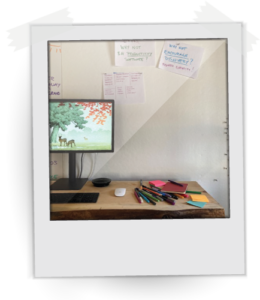
Clinical workflows. I have three pieces of paper that I have taped to the wall above my desk. One of them has all the words we came up with when we were doing our Vital brand questionnaire. So, I have all those words in front of me, and above that, on the second paper, I have EHR crossed out with a question below, “Why not BH productivity software?” Beyond clinical workflows, like following a clinical treatment or pathway, whatever their clinical expertise, they have the same thing we do – work in progress. They have to-do lists. They have multiple things they need to get done. And we don’t give people good insight into it. Just sit down at your desk. What do you need to do today? Today, I need to finish that note from yesterday, I have these people coming in today. That is a space in which I’m interested. And the third paper? It is a question that says, “Why not encourage discovery?” And then it says, “Reward curiosity!” underneath it.
Final question: What do you do for fun?
I like to garden. We typically grow about 40 varieties of stuff. Being vegetarians, we value our vegetables. I go backcountry skiing. I spend a lot of time just walking or sitting next to babbling water, and I have a sailboat I keep on Penobscot Bay. It is our little weekend getaway activity.
